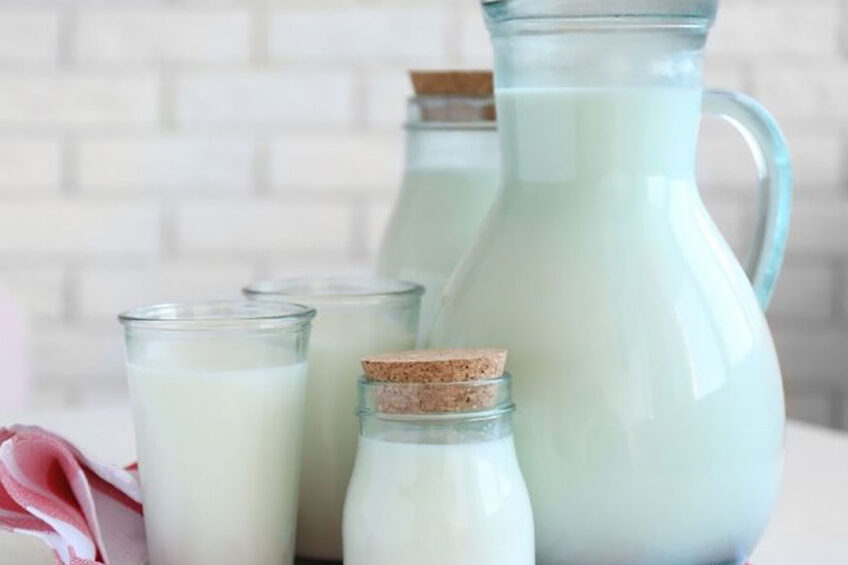Lower milk production in New Zealand and Australia

Milk production in New Zealand and Australia is down at the start of the new season, according to a Rabobank report. A largely absent Chinese buyer is still evident in global markets.
According to Rabobank senior analyst, Michael Harvey, there has been plenty of attention on New Zealand’s milk supply as the seasonal peak approaches. “Weather risk was always lurking in the background,” he says. “And some of the risk has started to materialise.”
Milk production in New Zealand for August 2022 was down 4.9% on a milk solids basis. This means that New Zealand milk production season-to-date is down 4.4% (4.2% on a milk solids basis). Rabobank expects milk production for the full season to be negative. “In contrast, US milk production posted its strongest gain in 15 months in August, and US milk supply is showing some positive signs,” Harvey points out.
OVERVIEW OF GLOBAL DAIRY MARKET PRICES
Milk supply
Despite a strong footing, Australian milk supply started the 2022-2023 season on a weak note. National milk supply fell 4% last season, and is down more than 8% in the start of the current season on a volume base. Rabobank still expects milk supply to stabilise as the season progresses on the back of an ample supply of feed, irrigation water and healthy farmgate margins.
The Rabobank analyst emphasises that a largely absent Chinese buyer is still evident in global markets. The August data showed a sixth consecutive year-on-year total volume decline. Rabobank has been forecasting lower imports in 2022, which will likely carry into 2023.
“It is not surprising to see China’s import volumes trending lower,” Harvey says. “Buoyant local supply, ample inventories and softness in consumer demand are feeding through into reduced import purchasing. A close eye will remain on the China dairy market for future price direction.”
Rabobank says that other importers are taking advantage of lower prices and less Chinese purchasing activity. “This has helped stabilise Oceania commodity prices in September, after a sizeable drift in prices since March. Across the dairy complex there was a small increase in spot prices for Oceania-origin products.” Rabobank does not rule out further weakness in prices to come, and says that local exporters will welcome the recent price stability.
Dairy prices
Prices dropped in the Global Dairy Trade auction on 18 October continuing a downward trend from the previous event. The average price at the fortnightly sale fell 4.6% to US$3,723 per metric tonne (mt). Butter lost a further 2.6% from its 7.0 slide in the last auction and is now at US$4,851 per mt. “A far cry from the US$7,086 per mt it commanded in March,” Nathan Penny, senior agri economist of Westpac says.
OVERVIEW OF GLOBAL DAIRY MARKET PRICES
Whole milk powder – which has the biggest influence on Fonterra’s farmgate milk price, dropped 4.4% to an average of US$3421 per mt. Skim milk powder – Fonterra’s second-biggest reference product – plummeted 6.9% to an average of US$3,250 per mt.
Penny explains that the negative result comes against a backdrop of economic weakness in Zealand’s key market, China. “China continues to persevere with its Covid Zero policy, meaning restrictions on movement which are in turn weighing on economic activity. This policy was reaffirmed at the recent Communist Party Congress. Dairy markets may have been hoping for some relief on this front, and in the absence of any, have priced further weakness in global dairy prices.”
Sieta van Keimpema, president of the European Milk Board (EMB), has warned that dairy farmers and their families cannot cope with the current explosion in costs in the sector. She would like to see financial aid for farms and processors to help with energy costs. “The individual actors in the agricultural sector and along the food production chain are dependent on energy and production inputs being available at affordable prices,” says Van Keimpema. “Today, there is a gradual domino effect and each link in the chain pulls the next one down with it.”






